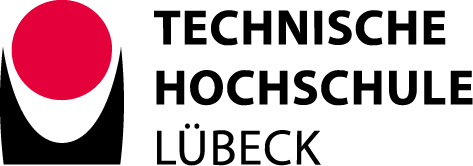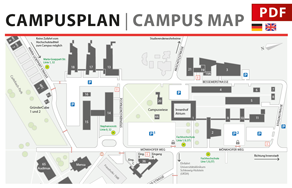hiermit laden wir zum 99. CoSA-Seminar am Montag dem 25.11.2024 um 11:45 Uhr ein. Das CoSA-Seminar findet in Präsenz im Raum 18-02.16 statt.
Wir haben folgende Vorträge geplant:
Horst Hellbrück, Philipp Schreiter: KIAZ - KI-Anwendungszentrum
Das KI-Anwendungszentrum versteht sich als eine zentrale Anlaufstelle für Unternehmen, insbesondere KMUs, in Schleswig-Holstein zu Themen der Künstlichen Intelligenz. Mit diesem Vorhaben fließt technologisches Know-How von der Wissenschaft in die Wirtschaft. Das KI-Anwendungszentrum bietet unter anderem Ideation-Workshops, Prototypen-Entwicklung und Machbarkeitsstudien für KI-Projekte an. Es ist eine zentrale Transfermaßnahme des Landes. Das KI-Anwendungszentrum arbeitet eng mit dem KI-Transfer-Hub zusammen und beide wirken als Initiatoren des offenen Netzwerkes KI.SH für Künstliche Intelligenz in Schleswig-Holstein.
Horst Hellbrück, Ruben Schlonsak: Bridge Detection in Autonomous Shipping: A YOLOv8 Approach with Autodistill and GroundedSAM
Inland waterway transportation remains a crucial and cost-effective mode of global transport despite challenges such as skilled personnel shortages, increasing competition, and ecological impacts. Autonomous technology enhances vessel navigation, scheduling, safety, and efficiency, making it a viable solution for smart ship and port operations. Reliable object detection is essential for autonomous ships to navigate safely and avoid collisions with static structures like bridges, piers, bollards, and locks.
This paper presents an innovative approach for training a network using the Autodistill pipeline for bridge detection and segmentation. We generate a labeled bridge dataset using GroundedSAM, which integrates Grounding DINO and the Segment Anything Model (SAM) to detect and segment regions based on text input. The system focuses on identifying 'bridge' and 'water' classes, producing high-quality labeled data. Manual filtering improves label quality, enhancing the training of the YOLOv8 model, known for its superior object detection capabilities.
Our approach demonstrates high performance in accurately detecting bridges, confirmed through evaluations with and without manual filtering. To validate our solution's feasibility in real-world applications, we deployed the model on a NVIDIA Jetson AGX Orin for performance evaluation. Future work will extend this approach to additional static and mobile objects relevant to smart ship and port operations, such as ship locks and various ship types.
Die Vorträge dauern ca. 20 Minuten mit anschließend 10 Minuten Diskussion. Wir freuen uns auf eine rege und aktive Teilnahme.


